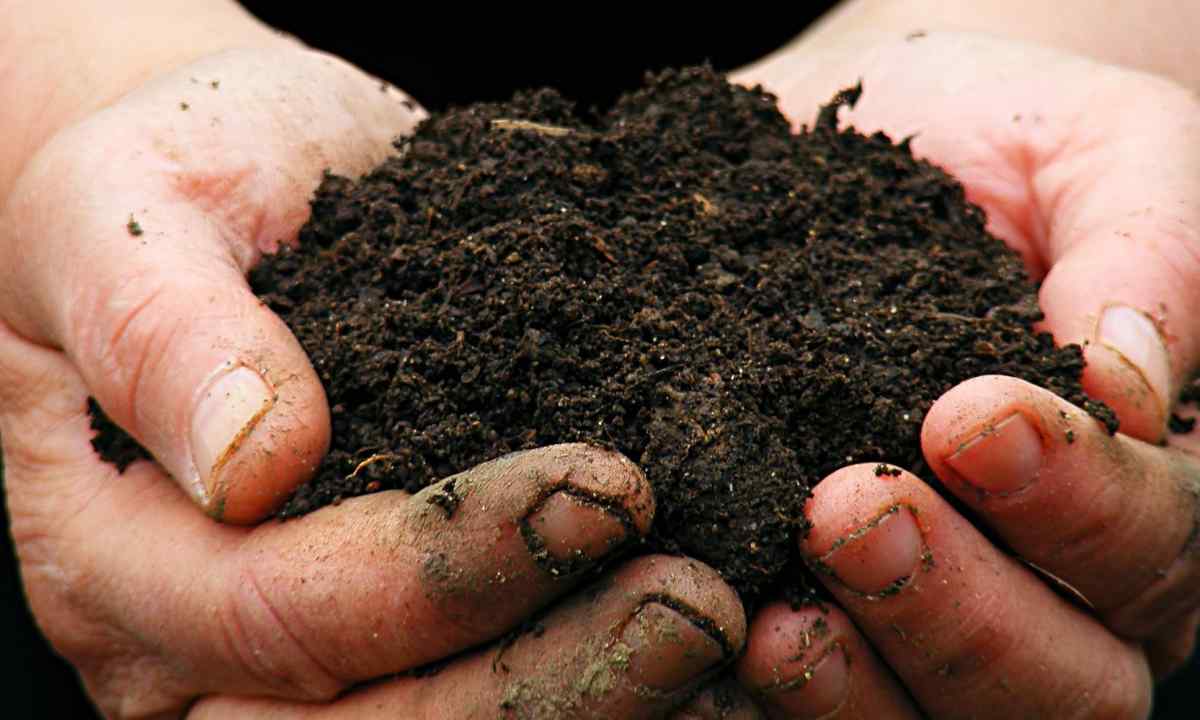Fertilizers to the earth should be introduced in a balanced way – so you receive rich harvest and will provide to the soil reserve of nutrients on the future. And here the bigger or smaller amount of necessary substances is capable to do much harm, on the contrary, strongly. To introduce organic fertilizers, in particular manure, it is necessary with accuracy.
When to prepare manure
It is better to buy manure for fertilizer in August-September. Part can be distributed immediately on the site, to leave part for pereprevaniye. For efficiency of process it is necessary to provide the corresponding conditions. 5-7 days later after supply on the site manure is stacked in shoulder.
Approximately through each 30 cm it is desirable to carry out pressing – in other words, to trample down each of layers boots. So in weight nitrogen remains better. Then manure heap takes cover straw, the earth atop snatches, then arrange ukryvochny material – the normal film will approach. It will allow to reduce penetration probability there of atmospheric precipitation which washes away useful substances.
Manure heap can rot from one to three years. Gradually contents turn into black homogeneous mass. Such manure suits for any vegetables.
When to bring manure
It is extremely undesirable to bring fresh manure before commission of landings. Plants at the same time lack nitrogen as what is formed in the soil, will be spent for decomposition of vegetable components. But for second or third the brought manure begins to work with good return. Therefore it is the best of all to bring manure in the soil in the fall.
Without special damage the following cultures transfer introduction of fresh organic chemistry: squash, cucumbers, swede, late cabbage, pumpkin, fennel and celery. Humus approaches under carrots and tomatoes, early cabbage, eggplants and pepper, garden radish.
If in the soil of nitrogen there is a lot of, and potassium, phosphorus, microelements lacks, plants begin to grow violently above the ground. The land mass of stalks and leaves increases, underground part worsens, the ability to resist infections weakens. In the winter such root crops remain badly.
How to distinguish manure
Decomposition of manure has 4 stages:
- fresh or slaborazlozhivshiysya changes color and durability of straw a little if to wash out it, water becomes red or greenish;
- semi-rerotting differs in dark brown color, easily breaks up, water when washing darkens;
- the rerotting manure with completely decomposed plant debris represents the black smearing weight;
- humus – the weight, earthy, friable on consistence.
At final stage of decomposition manure decreases three times from initial weight.

